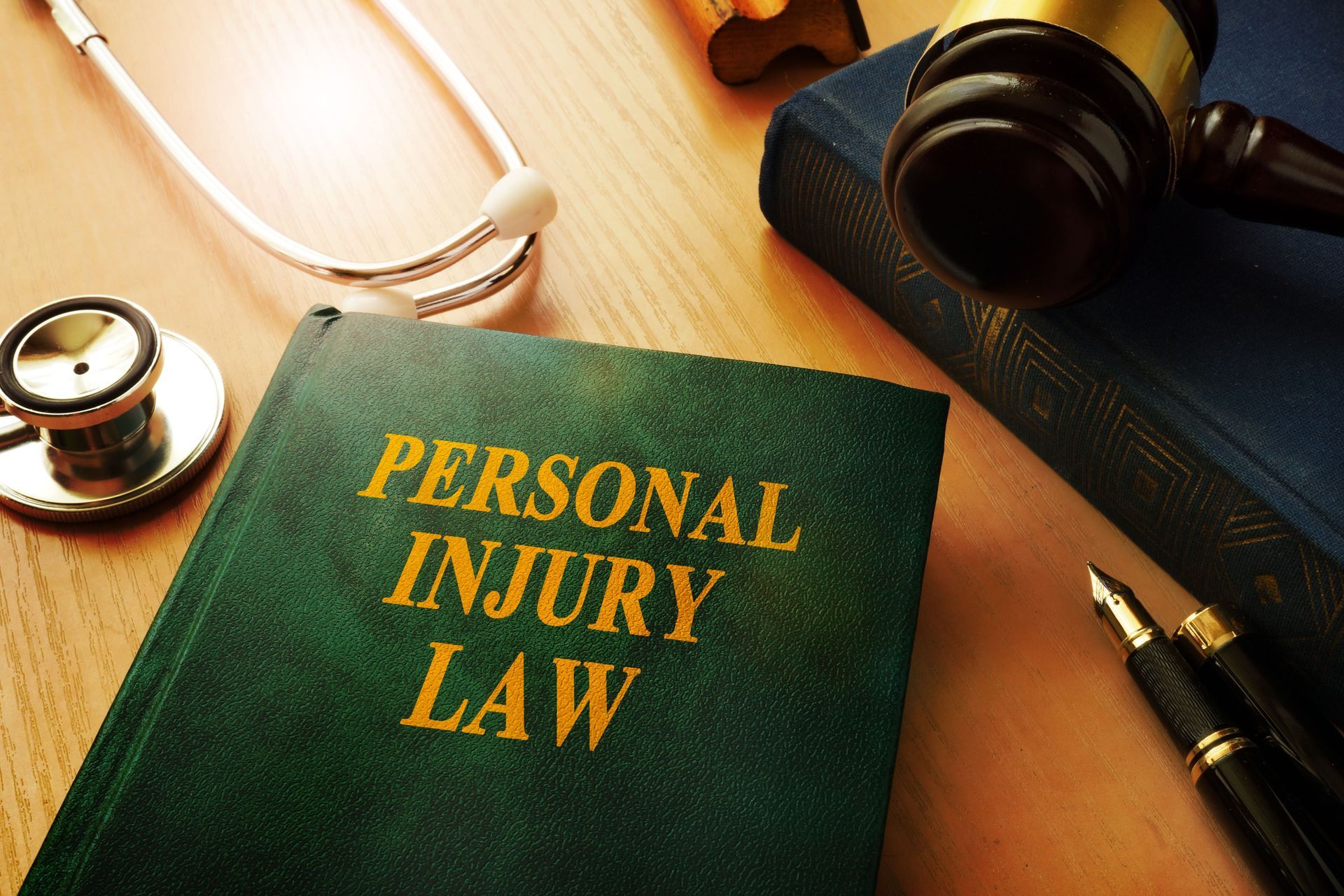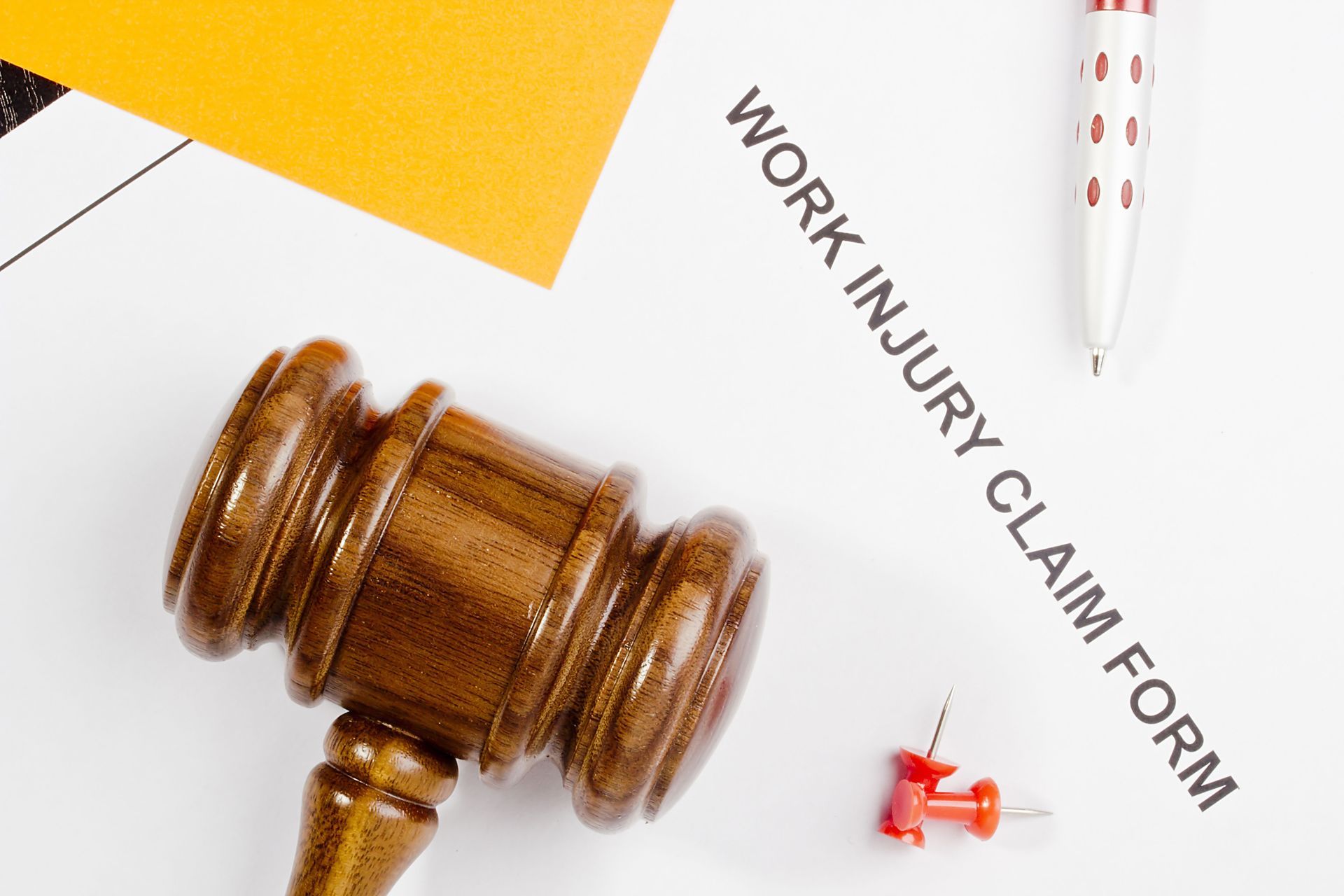Demystifying Injury Law: What to Know About the Process
For many people, the legal system can feel like an intimidating maze. When accidents or harm occur, the situation becomes even more stressful, particularly when questions about compensation, liability, and justice arise. Injury law exists to guide individuals through these challenging times, offering protections for those harmed by negligence or wrongful conduct. Yet, the process is often misunderstood, with myths and uncertainties clouding what victims can expect.
Here we will break down the fundamentals of injury law into clear, practical steps. It highlights common case types, explains the role of negligence, outlines important legal concepts, and explores what happens during the claims and litigation process. By understanding each stage, individuals can better protect their rights, anticipate challenges, and make informed decisions when pursuing justice. With this knowledge, victims can approach the process with confidence rather than confusion, ensuring they maximize opportunities for fair compensation.
Understanding the Fundamentals of Injury Law
At its core, injury law—also known as personal injury law—focuses on safeguarding people who have suffered harm due to another party’s actions or negligence. The purpose is twofold: to restore victims as closely as possible to their pre-incident condition and to discourage future negligence by holding wrongdoers accountable.
The scope of injury law is broad. While many people associate it exclusively with auto accidents, it also applies to slip-and-fall incidents, medical malpractice, workplace accidents, and defective product claims. Each type of case comes with distinct challenges, making professional legal guidance critical. For example, a slip-and-fall in a supermarket may involve proving inadequate safety measures, while a medical malpractice case often requires expert testimony to establish that a health professional breached the standard of care.
Importantly, injury law seeks remedies in the form of monetary compensation, covering damages such as medical bills, lost income, and emotional distress. It also serves to promote accountability, ensuring that individuals or entities act responsibly. By understanding the protections available, victims gain confidence in taking the necessary legal steps after an accident, reducing uncertainty during what is often an emotionally taxing time.
Identifying Common Injury Cases and the Role of Negligence
Personal injury cases appear in countless forms, though some occur more frequently than others. Among the most common are car accidents, which often result in litigation due to the high potential for serious injuries. According to Forbes, the highest success rate involving personal injury was in auto accident cases, at 61%, reflecting their prevalence and impact on everyday life. These cases may involve property damage, medical expenses, and long-term recovery, emphasizing the importance of proper documentation and legal representation.
Slip-and-fall accidents also account for a significant portion of claims, especially when property owners fail to maintain safe conditions. A poorly maintained staircase, wet floors, or obstructed walkways can lead to serious injuries, requiring legal action to hold property owners accountable. Medical malpractice cases present additional complexity, involving errors by healthcare providers that may result in permanent damage or substantial financial loss.
Negligence is central to all these cases. To prove negligence, victims must demonstrate four elements: duty of care, breach of duty, causation, and damages. For example, a driver who runs a red light breaches a duty to operate their vehicle safely, directly causing an accident and injuries. Understanding negligence allows victims to recognize when they have grounds for a claim, making this principle the foundation of most personal injury cases.
Learning Key Legal Concepts and the Importance of Timeliness
Understanding key legal concepts is essential for navigating injury law. Liability refers to the legal responsibility for one’s actions or omissions. Victims must establish who is liable to ensure accountability. Damages represent the financial compensation sought to cover medical expenses, lost wages, and non-economic losses such as pain and suffering. Compensatory damages aim to restore the victim, while punitive damages serve to punish egregious behavior and deter future negligence.
Another critical concept is the statute of limitations, which sets strict deadlines for filing claims. Most personal injury cases must be filed within one to three years after the incident, though exceptions exist for cases where the harm is not immediately discoverable. Missing these deadlines can result in dismissal, regardless of the case’s merit.
Prompt action is crucial. Seeking medical attention immediately ensures proper treatment and creates a documented record linking the injury to the incident. Recording the circumstances, gathering witness information, and contacting a qualified attorney all serve to protect a claim and meet time-sensitive requirements. Being proactive can make the difference between a successful claim and forfeited rights.
Taking Initial Steps After an Injury to Protect Your Case
The initial response to an injury is often the most important. Seeking medical care should always be the top priority, not only for health reasons but also for establishing evidence of the injury. Medical records, imaging, and treatment notes provide objective proof that supports a legal claim, making early care a crucial step in building a strong case.
Documenting the incident thoroughly strengthens a claim. Victims should take photographs of injuries, the scene, and any contributing hazards. Gathering witness statements promptly is also essential, as memories fade over time. Maintaining a detailed journal of symptoms, medical appointments, and ongoing treatments ensures a comprehensive record of the injury’s impact.
Notifying relevant parties promptly is another critical step. Depending on the circumstances, this may include an employer, property owner, or insurance company. Timely notification fulfills legal or contractual obligations and helps prevent disputes over delayed reporting. Clear communication ensures that all parties are aware of the incident and demonstrates proactive engagement with the claims process.
Consulting with an attorney early can significantly influence the outcome. Experienced legal professionals guide victims through complex procedures, assess case viability, and handle negotiations with insurers. They can also manage documentation, filing deadlines, and courtroom procedures, reducing stress and enhancing the likelihood of fair compensation. Many attorneys offer free consultations, providing an accessible first step toward informed legal action.
Evaluating, Negotiating, and Pursuing a Personal Injury Claim
After addressing immediate concerns, victims must evaluate liability, compensation, and potential legal strategies. Determining liability involves identifying the parties responsible for the injury and establishing a clear link between their actions and the harm caused. Some incidents involve shared fault, making comparative negligence an important consideration. Under this doctrine, compensation may be reduced in proportion to the victim’s own responsibility, highlighting the need for meticulous evidence gathering.
The value of a personal injury claim depends on multiple factors: severity and permanence of injuries, medical expenses, lost income, and non-economic damages such as emotional distress or reduced quality of life. Insurance coverage limits, the strength of evidence, and the clarity of liability also influence potential settlements. Skilled attorneys help victims evaluate these factors realistically while advocating for maximum fair compensation.
Throughout this process, experienced legal counsel ensures that victims are protected, deadlines are met, and strategic decisions are well-informed. From filing a complaint to presenting evidence in court, attorneys provide indispensable guidance, helping victims navigate the complexity of injury law and pursue justice effectively.
Injury law exists to protect individuals harmed by negligence and to ensure they receive fair compensation for their losses. Understanding its principles—from negligence and liability to statutes of limitations and settlement negotiations—empowers victims to act decisively and protect their rights. The journey through personal injury claims may appear daunting, but careful documentation, timely action, and professional legal guidance can significantly improve outcomes.
By recognizing common types of cases, appreciating key legal concepts, and taking the right initial steps, victims gain the tools necessary to pursue justice with confidence. With support from skilled attorneys, individuals can transform confusion and uncertainty into informed action, ultimately securing the compensation they deserve under injury law. If you’ve been injured and need experienced guidance, contact Cooley, McFarland & Moore, LLP today to protect your rights and pursue the compensation you deserve.





Share On: